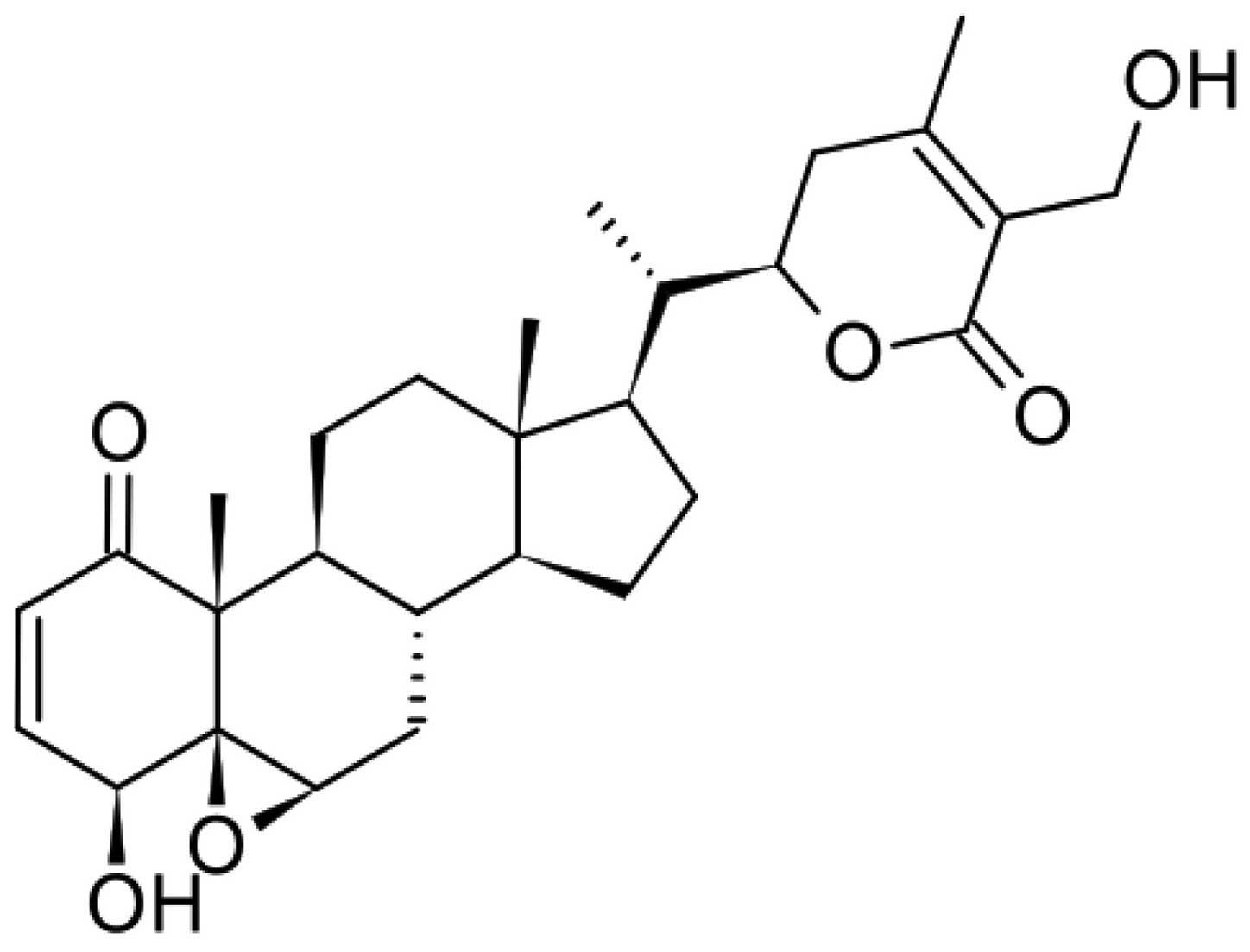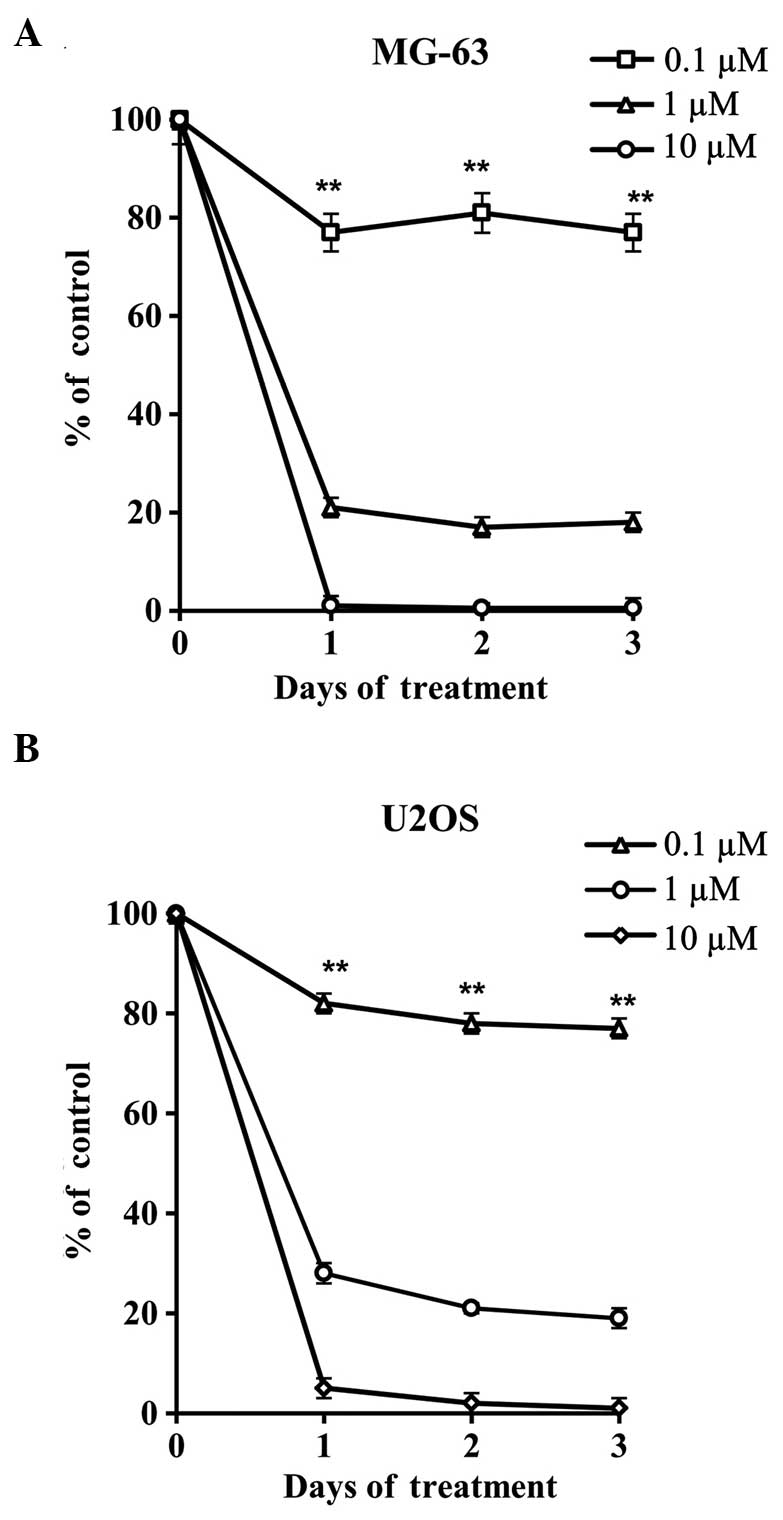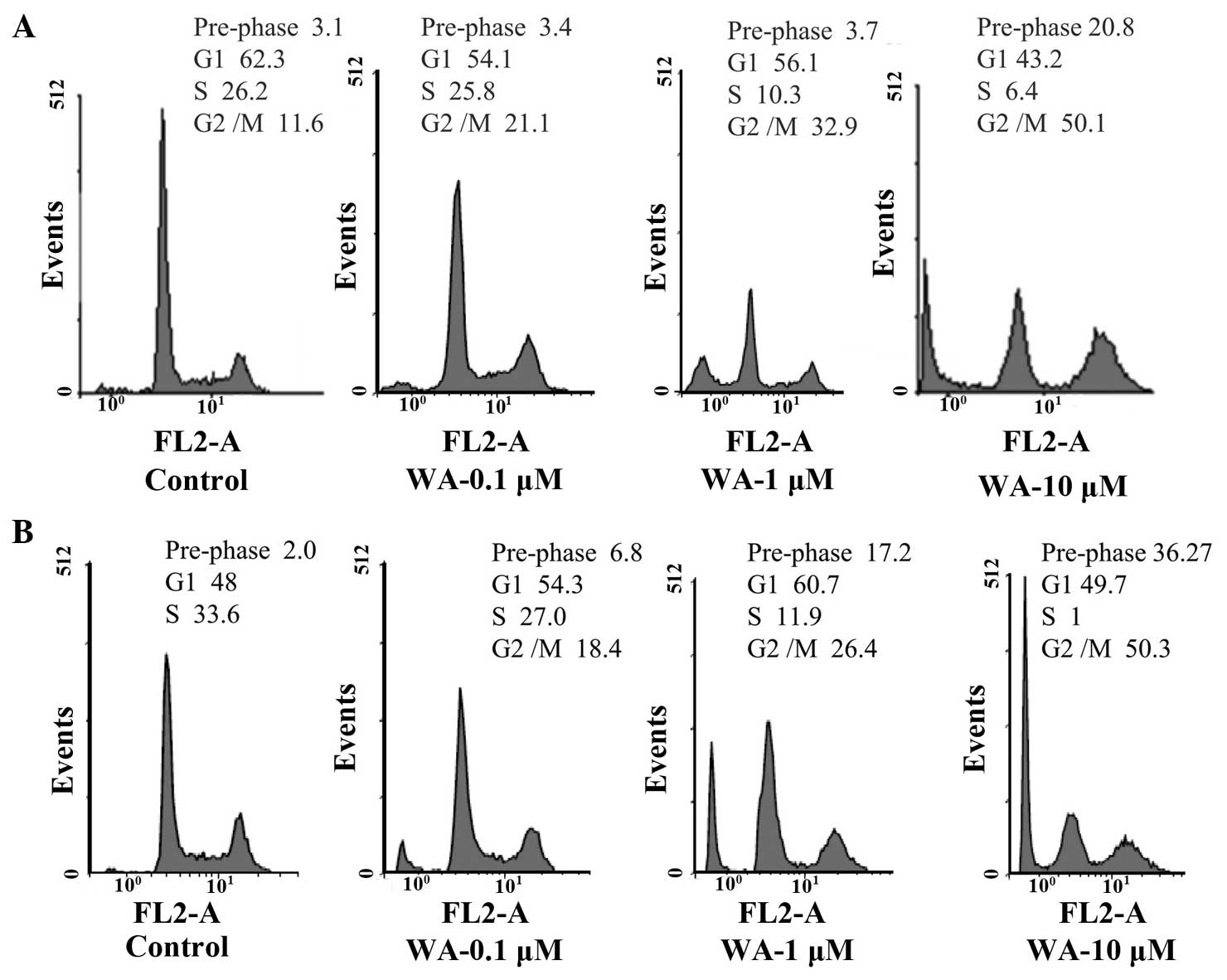|
1
|
Ferlay J, Soerjomataram I, Dikshit R, et
al: Cancer incidence and mortality worldwide: Sources, methods and
major patterns in GLOBOCAN 2012. Int J Cancer. 136:E359–E386. 2015.
View Article : Google Scholar : PubMed/NCBI
|
|
2
|
Arndt CA and Crist WM: Common
musculoskeletal tumors of childhood and adolescence. N Engl J Med.
341:342–352. 1999. View Article : Google Scholar : PubMed/NCBI
|
|
3
|
Rodriguez-Galindo C, Baez F and Alcasabas
AP: Bone TumorsPediatric Hematology-Oncology in Countries with
Limited Resources. Stefan DC and Rodriguez-Galindo C: Springer; New
York: pp. 323–335. 2014
|
|
4
|
Petrilli AS, de Camargo B, Filho VO, et
al: Brazilian Osteosarcoma Treatment Group Studies III and IV:
Results of the Brazilian Osteosarcoma Treatment Group Studies III
and IV: prognostic factors and impact on survival. J Clin Oncol.
24:1161–1168. 2006. View Article : Google Scholar : PubMed/NCBI
|
|
5
|
Bielack SS, Kempf-Bielack B, Delling G, et
al: Prognostic factors in high-grade osteosarcoma of the
extremities or trunk: an analysis of 1,702 patients treated on
neoadjuvant cooperative osteosarcoma study group protocols. J Clin
Oncol. 20:776–790. 2002. View Article : Google Scholar : PubMed/NCBI
|
|
6
|
Chen Y, Han XZ, Wang W, Zhao RT and Li X:
Withaferin A inhibits osteosarcoma cells through inactivation of
Notch-1 signalling. Bangladesh J Pharmacol. 9:364–370. 2014.
View Article : Google Scholar
|
|
7
|
Said HM: Hamdard Pharmacopoeia of Eastern
Medicine. 1st. Hamdard Academy; Karachi, Pakistan: 1970
|
|
8
|
Williamson EM: Major herbs of Ayurveda.
Churchill Livingstone; Philadelphia, PA, USA: 2002
|
|
9
|
Choudhary MI, Yousuf S, Nawaz SA, Ahmed S
and Atta-ur-Rahman: Cholinesterase inhibiting withanolides from
Withania somnifera. Chem Pharm Bull (Tokyo). 52:1358–1361. 2004.
View Article : Google Scholar : PubMed/NCBI
|
|
10
|
Choudhary MI, Nawaz SA, ul-Haq Z, Lodhi
MA, et al: Withanolides, a new class of natural cholinesterase
inhibitors with calcium antagonistic properties. Biochem Biophys
Res Commun. 334:276–287. 2005. View Article : Google Scholar : PubMed/NCBI
|
|
11
|
Jayaprakasam B and Nair MG:
Cyclooxygenase-2 enzyme inhibitory withanolides from Withania
somnifera leaves. Tetrahedron. 59:841–849. 2003. View Article : Google Scholar
|
|
12
|
Owais M, Sharad KS, Shehbaz A and
Saleemuddin M: Antibacterial efficacy of Withania somnifera
(ashwagandha) an indigenous medicinal plant against experimental
murine salmonellosis. Phytomedicine. 12:229–235. 2005. View Article : Google Scholar : PubMed/NCBI
|
|
13
|
Kiasalari Z, Khalili M and Aghaei M:
Effect of Withania somnifera on levels of sex hormones in the
diabetic male rats. Iran J Reprod Med. 7:163–168. 2009.
|
|
14
|
Maurya R, Akanksha, Jayendra, Singh AB and
Srivastava AK: Coagulanolide, a withanolide from Withania coagulans
fruits and antihyperglycemic activity. Bioorg Med Chem Lett.
18:6534–6537. 2008. View Article : Google Scholar : PubMed/NCBI
|
|
15
|
Ali M, Shuaib M and Ansari SH:
Withanolides from the stem bark of Withania somnifera.
Phytochemistry. 44:1163–1168. 1997. View Article : Google Scholar
|
|
16
|
Jayaprakasam B, Zhang Y, Seeram NP and
Nair MG: Growth inhibition of human tumor cell lines by
withanolides from Withania somnifera leaves. Life Sci. 74:125–132.
2003. View Article : Google Scholar : PubMed/NCBI
|
|
17
|
Subbaraju GV, Vanisree M, Rao CV, et al:
Ashwagandhanolide, a bioactive dimeric thiowithanolide isolated
from the roots of Withania somnifera. J Nat Prod. 69:1790–1792.
2006. View Article : Google Scholar : PubMed/NCBI
|
|
18
|
Ichikawa H, Takada Y, Shishodia S,
Jayaprakasam B, Nair MG and Aggarwal BB: Withanolides potentiate
apoptosis, inhibit invasion and abolish osteoclastogenesis through
suppression of nuclear factor-kappaB (NF-kappaB) activation and
NF-kappaB-regulated gene expression. Mol Cancer Ther. 5:1434–1445.
2006. View Article : Google Scholar : PubMed/NCBI
|
|
19
|
Srinivasan S, Ranga RS, Burikhanov R, Han
S and Chendil D: Par-4-dependent apoptosis by the dietary compound
withaferin A in prostate cancer cells. Cancer Res. 67:246–253.
2007. View Article : Google Scholar : PubMed/NCBI
|
|
20
|
Yang H, Shi G and Dou QP: The tumor
proteasome is a primary target for the natural anticancer compound
Withaferin A isolated from ʻIndian winter cherryʼ. Mol Pharmacol.
71:426–437. 2007. View Article : Google Scholar : PubMed/NCBI
|
|
21
|
Stan SD, Hahm E-R, Warin R and Singh SV:
Withaferin A causes FOXO3a- and Bim-dependent apoptosis and
inhibits growth of human breast cancer cells in vivo. Cancer Res.
68:7661–7669. 2008. View Article : Google Scholar : PubMed/NCBI
|
|
22
|
Malik F, Kumar A, Bhushan S, et al:
Reactive oxygen species generation and mitochondrial dysfunction in
the apoptotic cell death of human myeloid leukemia HL-60 cells by a
dietary compound withaferin A with concomitant protection by
N-acetyl cysteine. Apoptosis. 12:2115–2133. 2007. View Article : Google Scholar : PubMed/NCBI
|
|
23
|
Devi PU, Kamath R and Rao BS:
Radiosensitization of a mouse melanoma by withaferin A: in vivo
studies. Indian J Exp Biol. 38:432–437. 2000.PubMed/NCBI
|
|
24
|
Kaileh M, Vandin Berghe W, Heyerick A, et
al: Withaferin A strongly elicits IkappaB kinase β
hyperphosphorylation concomitant with potent inhibition of its
kinase activity. J Biol Chem. 282:4253–4264. 2007. View Article : Google Scholar : PubMed/NCBI
|
|
25
|
Bargagna-Mohan P, Hamza A, Kim YE, et al:
The tumor inhibitor and antiangiogenic agent withaferin A targets
the intermediate filament protein vimentin. Chem Biol. 14:623–634.
2007. View Article : Google Scholar : PubMed/NCBI
|
|
26
|
Falsey RR, Marron MT, Gunaherath GM, et
al: Actin microfilament aggregation induced by withaferin A is
mediated by annexin II. Nat Chem Biol. 2:33–38. 2006. View Article : Google Scholar : PubMed/NCBI
|
|
27
|
Emanuel EJ, Wendler D, Killen J and Grady
C: What makes clinical research in developing countries ethical?
The benchmarks of ethical research. J Infect Dis. 189:930–937.
2004. View
Article : Google Scholar : PubMed/NCBI
|
|
28
|
Lowry OH, Rosebrough NJ, Farr AL and
Randall RJ: Protein measurement with the Folin phenol reagent. J
Biol Chem. 193:265–275. 1951.PubMed/NCBI
|
|
29
|
Livak KJ and Schmittgen TD: Analysis of
relative gene expression data using real-time quantitative PCR and
the 2(−Delta Delta C(T)) method. Methods. 25:402–408. 2001.
View Article : Google Scholar : PubMed/NCBI
|
|
30
|
Kuroyanagi M, Shibata K and Umehara K:
Cell differentiation inducing steroids from Withania somnifera L.
(Dun). Chem Pharm Bull (Tokyo). 47:1646–1649. 1999. View Article : Google Scholar
|
|
31
|
Mirjalili MH, Moyano E, Bonfill M, Cusido
RM and Palazón J: Steroidal lactones from Withania somnifera, an
ancient plant for novel medicine. Molecules. 14:2373–2393. 2009.
View Article : Google Scholar : PubMed/NCBI
|
|
32
|
Damu AG, Kuo PC, Su CR, et al: Isolation,
structures and structure - cytotoxic activity relationships of
withanolides and physalins from Physalis angulata. J Nat Prod.
70:1146–1152. 2007. View Article : Google Scholar : PubMed/NCBI
|
|
33
|
Lee SW, Pan MH, Chen CM and Chen ZT:
Withangulatin I, a new cytotoxic withanolide from Physalis
angulata. Chem Pharm Bull (Tokyo). 56:234–236. 2008. View Article : Google Scholar : PubMed/NCBI
|
|
34
|
Tursunova R, Maslennikova V and Abubakirov
N: Withanolides in the vegetable kingdom. Chem Nat Compd.
13:131–138. 1977. View Article : Google Scholar
|
|
35
|
Liffert R, Hoecker J, Jana CK, et al:
Withanolide A: Synthesis and structural requirements for neurite
outgrowth. Chem Sci. 4:2851–2857. 2013. View Article : Google Scholar
|
|
36
|
Juang J-K, Huang HW, Chen CM and Liu HJ: A
new compound, withangulatin A, promotes type II DNA
topoisomerase-mediated DNA damage. Biochem Biophys Res Commun.
159:1128–1134. 1989. View Article : Google Scholar : PubMed/NCBI
|
|
37
|
Lee WC, Lin KY, Chen CM, Chen ZT, Liu HJ
and Lai YK: Induction of heat-shock response and alterations of
protein phosphorylation by a novel topoisomerase II inhibitor,
withangulatin A, in 9 L rat brain tumor cells. J Cell Physiol.
149:66–76. 1991. View Article : Google Scholar : PubMed/NCBI
|
|
38
|
Zaarur N, Gabai VL, Porco JA Jr,
Calderwood S and Sherman MY: Targeting heat shock response to
sensitize cancer cells to proteasome and Hsp90 inhibitors. Cancer
Res. 66:1783–1791. 2006. View Article : Google Scholar : PubMed/NCBI
|
|
39
|
Jackman M, Lindon C, Nigg EA and Pines J:
Active cyclin B1-Cdk1 first appears on centrosomes in prophase. Nat
Cell Biol. 5:143–148. 2003. View
Article : Google Scholar : PubMed/NCBI
|
|
40
|
Mitra J and Enders GH: Cyclin A/Cdk2
complexes regulate activation of Cdk1 and Cdc25 phosphatases in
human cells. Oncogene. 23:3361–3367. 2004. View Article : Google Scholar : PubMed/NCBI
|















